 For the last several years, a lot of companies have been trying to fit through a very narrow door.
For the last several years, a lot of companies have been trying to fit through a very narrow door.
That door is streaming.
The success of Netflix, and of podcast stars like Marc Maron, has caused a heart attack in the entertainment world. Suddenly everyone, and every company, is aiming for a taste of this action.
They can’t all get it.
There aren’t enough hours in the day to listen to a fraction of the podcasts available now. I have a half-dozen in my phone, and I can’t get to all of them. Long-haul truck drivers can get to a lot, and people who work as security guards may listen for 8 hours per day. But a single Joe Rogan podcast can run 4 hours. Maron does 3 hours every week.
CBS, NPR, the BBC and others are hitching their wagon to podcasts. Spotify plans to spend $500 million on podcasts, an industry that generates $700 million in annual revenue.
These numbers make no sense.
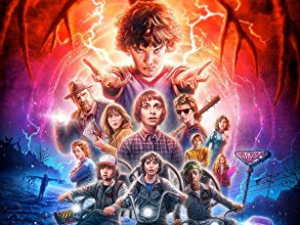 The podcasting bubble is nothing compared with the streaming bubble.
The podcasting bubble is nothing compared with the streaming bubble.
Netflix has gotten through the door through huge budgets, winning not just the power to control its pricing, currently $13/month in the U.S., but to win a global market, 130 million and most outside the U.S., through a global network system of clouds and communication infrastructure that makes all this profitable.
Amazon only needs to break even with Prime Video, at a giveaway price, because it has 100 million members in just the U.S., paying $1 per month for a combination of streaming video and subsidized package delivery. Prime is Amazon’s secret sauce. It not only makes Amazon the one choice for its members’ online shopping but has helped give it a global footprint in key markets like India.
But is there really a lot more room?
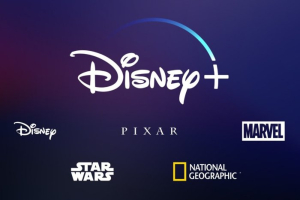
In getting its market head start, Netflix took advantage of Moore’s Law, which applies to everything silicon touches, like the diodes that sit at the ends of every fiber cable. As I wrote 20 years ago, there is an infinite number of colors, thus a nearly infinite number of ways a single fiber can be split to carry traffic.
As the other gear within the telecom network follows fiber’s lead, as wireless technology grows more efficient (and uses more frequencies), the ability of networks to handle individual programming, rather than shared programs, also rises. Early in this decade the 4 Mbps of download required for a Netflix film was a heavy load. Today broadband speeds start at 25 Mbps, many networks are offering speeds of 250 Mbps and more. Netflix technology has also reduced that load. TV is almost as low bandwidth, relatively speaking, as voice was a decade ago.
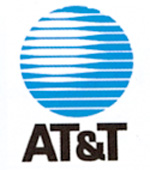
I currently use Amazon Prime and ESPN+. I don’t have the time for more. My regular cable viewing has been cut to a fraction, and I almost never watch network TV. This is reflected in the ratings, where Netflix movies like Birdbox draw Super Bowl sized audiences of 80 million while the best scripted TV shows are lucky to get 2-3 million viewers.
When I cut out my cable, and save $150 per month, I may add another streaming contract, but it won’t cost me more than $30/month to replicate most of my current viewing. That’s why CBS stock is worth just $20 billion today and Viacom $12 billion while Netflix is worth $150 billion.
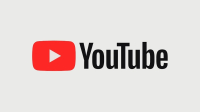
The point is, more people are like my son than like me. In the U.S. median household income is below $60,000, and median personal income just $31.000. Most people couldn’t scare up even $400 in an emergency. And we’re a wealthy market.
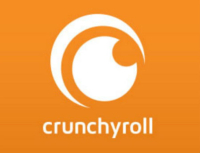
Comcast and AT&T think their control over your Internet contract is going to guarantee you buy their streams. Both have said they will give away bits on their streams, while charging for those from Netflix and others. Trouble is, technology has made those bit limits so high it no longer matters. Streamers can deliver higher or lower bitrates, so the amount of content Netflix can deliver subscribers today is really limited by its audience’s appetite, not technology.
Limits on time and money mean that the streaming market is going to become saturated very quickly, as the podcast market is already saturated. The result is small streamers will go bankrupt, and larger ones will start squeezing production budgets, letting fewer producers in the door.
It’s inevitable.
So why hasn’t the market noticed?










“Long-haul truck drivers can get to a lot, and people who work as security guards may listen for 8 hours per day.” yes indeed
“Long-haul truck drivers can get to a lot, and people who work as security guards may listen for 8 hours per day.” yes indeed